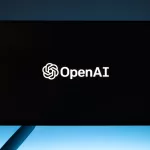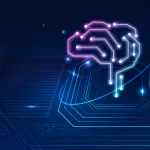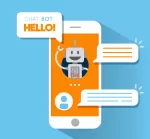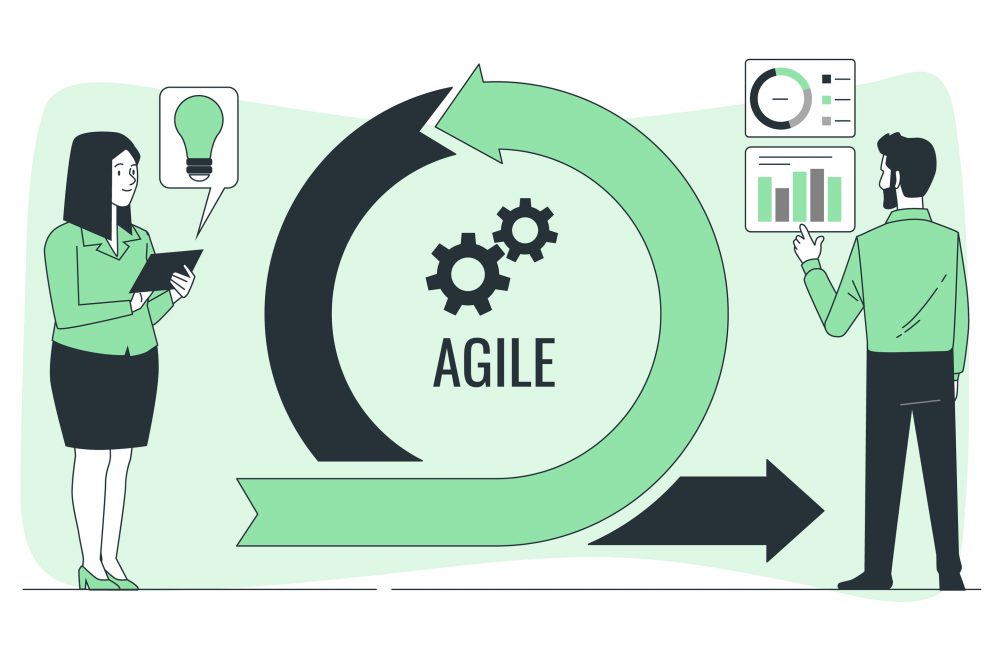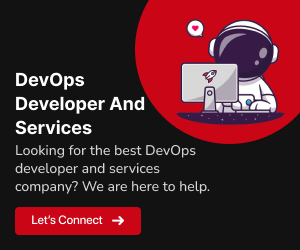Agile software development methodologies have revolutionized the way software is built and delivered, with an emphasis on collaboration, flexibility, and rapid iterations to meet ever-changing customer needs. However, as software projects grow in complexity and scale, ensuring the efficiency and effectiveness of Agile practices becomes increasingly challenging. This is where Generative AI comes into play, offering a transformational approach to Agile development.
In this blog post, we will delve into the world of Generative AI and explore its potential for enhancing Agile software development processes. We’ll discuss the potential benefits, real-world applications, and the impact of this innovative approach on the software development landscape.
The Rise of Agile Software Development

Agile methodologies, such as Scrum and Kanban, have gained immense popularity over the last two decades due to their ability to adapt to changing requirements, foster collaboration, and deliver high-quality software products efficiently. Agile teams break down projects into small, manageable increments known as “sprints” or “iterations” and prioritize delivering functional software at the end of each cycle. Despite the many advantages of Agile, challenges persist. For example, planning and estimating the duration of tasks, ensuring the quality of code, and managing technical debt can be complex and time-consuming tasks. This is where Generative AI can step in to alleviate some of these challenges.
Generative AI: A Brief Overview
Generative AI refers to a subset of artificial intelligence that focuses on the creation of new content, such as text, images, or even code, by learning patterns from existing data. It has made remarkable strides in recent years, thanks to advancements in machine learning and deep learning techniques.
Key components of Generative AI include:
Generative Models:
Generative Models, exemplified by Generative Adversarial Networks (GANs) and Transformers, possess the remarkable ability to create data that often rivals human-generated content. GANs engage in an adversarial process where a generator and a discriminator continually refine each other, yielding data that can be remarkably realistic. On the other hand, Transformers, driven by self-attention mechanisms, excel in generating human-like text, code, and imagery.
Natural Language Processing (NLP):
Natural Language Processing (NLP) models, with GPT-3 as a prime example, bring the language of code and collaboration to the forefront. NLP can understand user stories, requirements, and feedback in natural language, simplifying the translation of user needs into actionable development tasks. Additionally, NLP can generate code from plain English descriptions, streamline documentation efforts, and promote transparent communication within Agile teams.
Transforming Agile with Generative AI
Code Generation and Augmentation:
One of the most promising applications of Generative AI in Agile development is code generation. Generative models, combined with domain-specific knowledge, can assist developers in automatically generating code snippets, reducing development time and potential errors. For instance, tools like OpenAI’s GPT-3 can generate code based on natural language descriptions of desired functionality.
Automated Testing:
Testing is a critical part of Agile development. Generative AI can automate various aspects of testing, including generating test cases, executing tests, and even identifying edge cases that human testers might overlook. AI-driven testing can significantly speed up the testing phase and improve the overall software quality.
Natural Language Understanding:
Effective communication is essential in Agile development. Generative AI can be employed to understand and generate natural language text, making it easier for team members to document requirements, write user stories, and create user-friendly documentation. This reduces misunderstandings and streamlines collaboration.
Project Management and Planning:
AI-powered tools can analyze historical project data to provide more accurate estimates for task completion, sprint planning, and resource allocation. This data-driven approach enhances the predictability of Agile projects and reduces the risk of overcommitting or falling behind schedule.
Real-World Applications
Several organizations have already started leveraging Generative AI to enhance their Agile software development processes:
GitHub Copilot:
GitHub Copilot is a game-changing tool in the realm of software development. Harnessing the power of OpenAI’s GPT-3, it assists developers by not only offering code suggestions and auto-completions but also by interpreting natural language comments and instantly converting them into functional code. This AI-powered coding assistant not only accelerates coding tasks but also fosters collaboration by helping teams communicate more effectively.
Applitools:
Applitools stands as a testament to the marriage of AI and visual quality assurance. By utilizing advanced AI algorithms, Applitools can automatically identify and pinpoint visual bugs in software applications across various platforms and devices. This meticulous approach ensures that applications maintain a high level of visual quality, enhancing the user experience and reducing the likelihood of frustrating, visually disruptive issues.
Diffblue:
Diffblue brings the power of AI into the critical domain of software testing. This AI tool specializes in automatically generating unit tests specifically for Java codebases. This automation significantly reduces the manual effort traditionally required for testing and, perhaps more importantly, bolsters code coverage.GeekyAnts:
As a pioneering company in Generative AI for software development, GeekyAnts has played a significant role in advancing AI-driven solutions for Agile software development processes. Their innovative approach empowers developers with cutting-edge AI tools that streamline coding tasks, enhance collaboration, and improve overall software quality.
Also read: “Enhancing Mobile Game Development with Generative AI“
The Road Ahead
While Generative AI holds immense promise for Agile software development, it’s not without challenges. Ethical concerns, model bias, and the need for skilled AI practitioners are some of the hurdles that must be addressed.
In conclusion, the synergy between Generative AI and Agile software development offers a powerful combination that can redefine how software is conceptualized, developed, and delivered. By harnessing the capabilities of AI, organizations can adapt to the ever-evolving software landscape with agility and precision, ultimately leading to happier customers and more successful projects.







